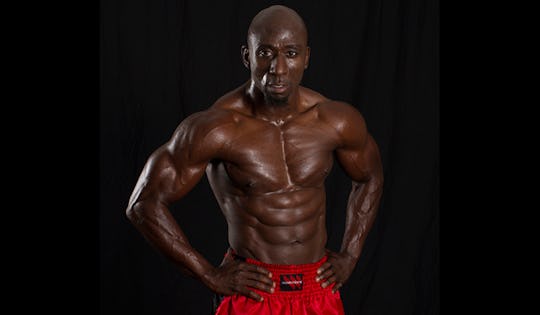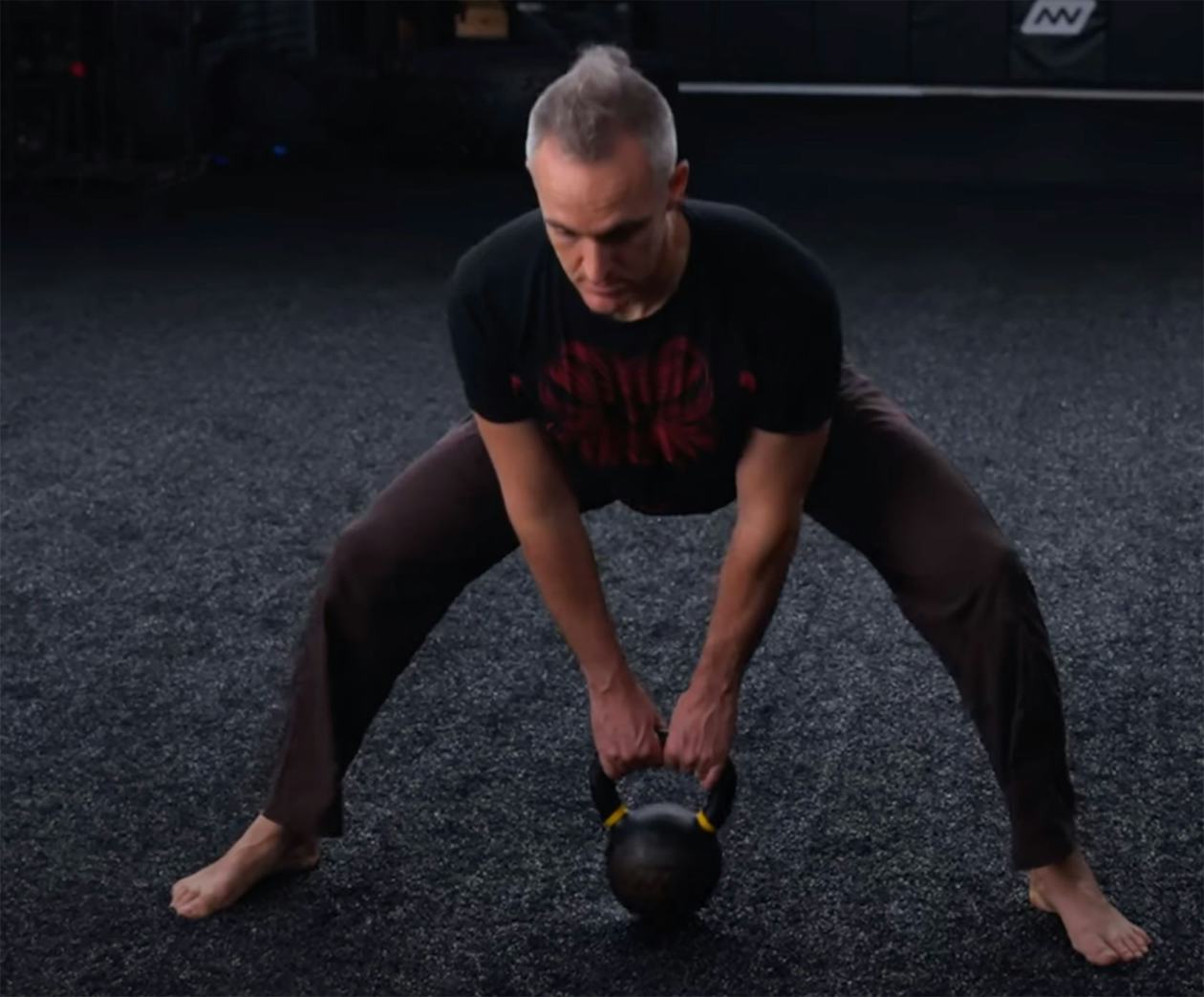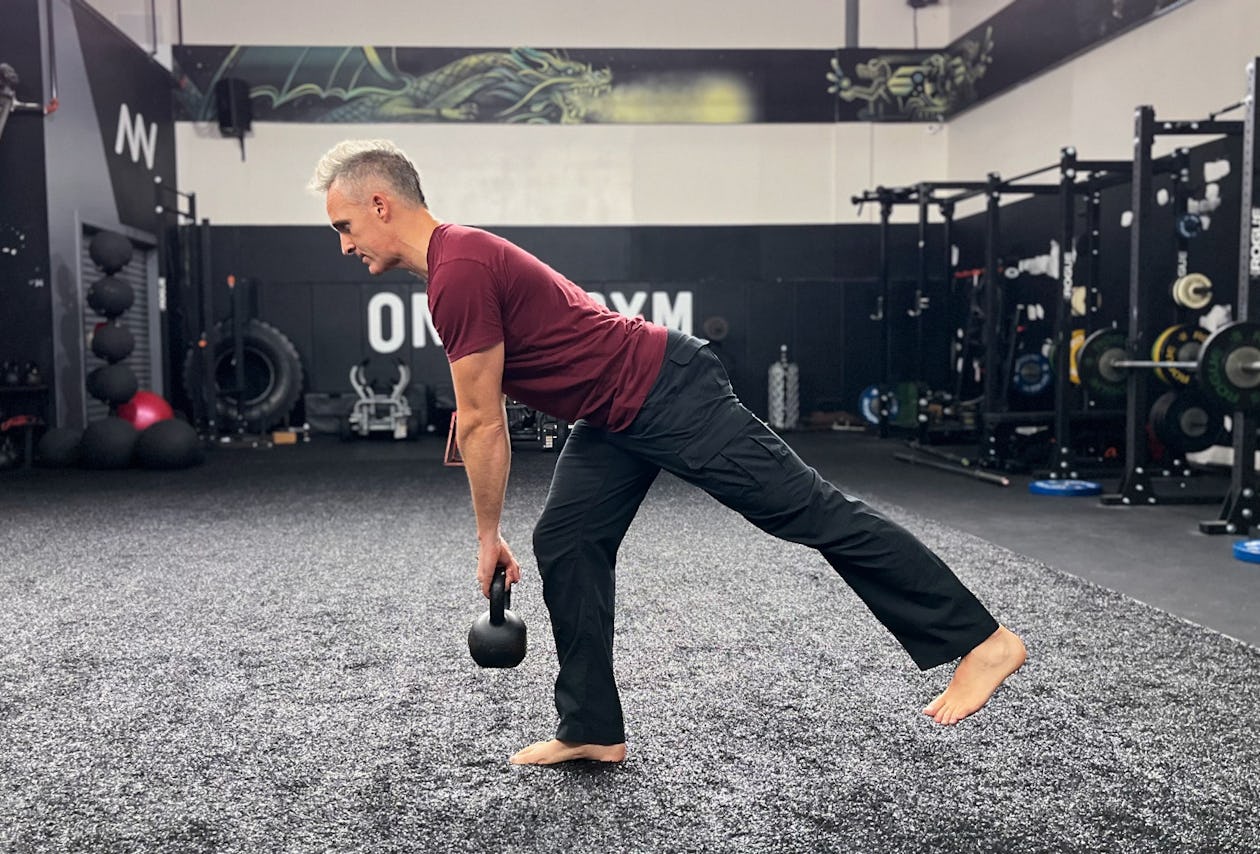Core development is an essential physical attribute for any MMA, martial artist, combat, or sports athlete. Dedicated fighters understand its importance in increasing explosive power, improving overall strength, maximizing mobility, reducing stress on the body, and minimizing your injuries.
The unfortunate thing is that core training is often overlooked by most combat athletes or they minimize core training to basic plank exercises. If you want to achieve superior fitness and improve overall athletic performance then you need to prioritize exercises designed specifically to build a stable core into your strength and conditioning program.
In this article we will look at what the core is, its function, and benefits to combat fighters and athletes using the best bodyweight core exercises that you can introduce into your workouts immediately.
What is the Core?

The core is a collection of muscles, which stabilize, rotate and move the spine. Close to the spine and deep inside the abdomen is the inner core, which is composed of the diaphragm, pelvic floor, multifidi, deep cervical flexors, and transverse abdominis. These strange-sounding muscles engage first during movement or breathing to protect the spine.
The outer core muscles are also responsible for stabilizing and protecting the spine, and include the lats, spinal erectors, glutes complex, and hip flexors. The anterior muscles (abdominals) are the most well known members of the outer-core assembly.
The Function of Core Exercises for MMA Fighters
The core works as one unit, stiffening to protect the body and to transfer force from our lower body to our upper body during athletic movements. The core is also the most important factor for transferring explosive power. When your core muscles are weak, then your nervous system puts a HALT to any explosive movement as a protective mechanism to support the spine.
This means if you are throwing a strike or a kick, your energy will not make it into your strike. Also, when you have insufficient core stability, it will set you up for injury and limit your mobility.
If your core is strong when your fist lands, the force of your strike will transfer through your opponent. Generating a knockout punch, thanks to the strength of a stable core. The force generated from the legs and through the core during a Judo throw, is one example of this.
A strong and stable core also allows the body to function as an integrated unit and compete the throw with force. If the core is weak, the bridge will collapse and the extremities will, in turn, be weak.
A Muay Thai clinch is another move where core stability is vital. Your goal being to deliver knees, elbows, and throws to keep your opponent in check. You need to develop your core stabilization strength to better take advantage of this position.
Having good rotational and anti-rotational core strength is important as well. Let’s take grappling for example, when your opponent wants to pass your guard by throwing your legs to the side, if you have good core strength, it can help you repulse the guard pass.
Rotational strength will also help with striking when you rotate from your hips and shoulder to add extra speed. A Strong Core Improves Athletic Performance.
The muscles of the trunk and torso stabilize the spine from the pelvis to the neck and shoulder, they allow the transfer of power to the arms and legs. All powerful movements originate from the center of the body out, and never from the limbs alone. You need to develop a stable spine defore any powerful, rapid muscle contractions can occur in the extremities.
Basically, every athletic movement that a combat athlete needs to perform needs the use of a strong core.
Core Exercises that Improve Athletic Performance

Now that you understand the importance of developing a strong core, let’s take a look at the type of exercises that will help you to achieve this. I am going to show you the top bodyweight core exercises so you can see that you don’t need any fancy pieces of equipment or weights to achieve a rock solid core.
Anti-Flexion and Core Stability Exercises
The goal of anti-flexion exercises is to resist flexion or bending through the lumbar spine. The key when performing these movements, however, is to keep your low back neutral and squeeze your glutes at the midpoint of the movement. Exercises like Planks and Back Extensions can help.
Anti-Extension Core Exercises
The goal of anti-extension exercises is to resist extension through the lumbar spine. You must keep the spine neutral and do not allow your lumbar spine to overextend. Exercises such as the Ab Wheel, Stability Ball, and Bodyweight Roll Outs are good examples.
Anti-Lateral Flexion Core Exercises
The goal of anti-lateral flexion actually is to resist lateral flexion, or side bending, through the lumbar spine. The key is to lock your spine into place and not move it. Using exercises like Side Planks, Farmers Walks, or just holding a dumbbell in one hand for time without allowing side bending is great.
Anti-Rotation – Rotational
With anti-rotation exercises, the goal is to resist rotation through the core and lumbarspine. The key here is to lock the core down and not allow any rotation through the core and lumbar spine. Exercises like the Pallof press or Anti-Rotation bag holds are great exercises. For rotational exercises the goal is to rotate through the thoracic spine. These movements can help with general mobility and striking power. Exercises like Medicine Ball Throws, Band Rotations or Tight Rotations are great.
Hip Flexion
Hip flexion exercises need to be done with a neutral spine, without rounding the lower back. The goal of these exercises is to keep your core and low back in a neutral position, while simultaneously flexing your hips. Performing exercises like Jackknifes on a stability ball and Hanging Leg Raises can help.
What Are the Best Bodyweight Core Exercises?
Core exercises are most effective when they engage many muscles throughout the torso that cross several joints and work together to coordinate stability.
Core muscles need to work as a unit, contract at the same time, across different joints in order to stabilize the spine. Some of the best core exercises are simple bodyweight exercises.
Top 10 Core Exercises for MMA Fighters
Not everyone has access to equipment that many core exercises and movements are used with. But you can get incredible results from just using your bodyweight and the right core exercises to develop strength and stability. Start all exercises with your bodyweight and then progress to resistance, advanced, or unconventional exercises.
Check the 10 Best Bodyweight Core Exercises for Athletes and non-athletes a like. If you want to develop a solid core structure to help improve performance, increase power, and develop overall strength, then start implementing this exercises into your weekly training.
- Bodyweight Hand Walk Outs - Anti-Extension Exercise
- Push Up Plank Alternating Shoulder Touch - Anti-Flexion and Core Stability Exercises
- Short Back Bridge – Core Stability and Hip Flexion
- Tight Rotations - Anti-Rotation – Rotational
- Bird Dog Variations - Anti-Lateral Flexion Exercises
- Side Bridge or Side Plank - Anti-Lateral Flexion Exercises
- Plank Bodysaw– Anti Extension
- Dead bugs – Anti Extension
- Hip Thrusts – Hip Flexion
- Hanging Leg Raises - Hip Flexion
So now you have an understanding of how important core training is to your overall athletic performance as a combat athlete, start dedicating core training session into your overall strength and conditioning program.



